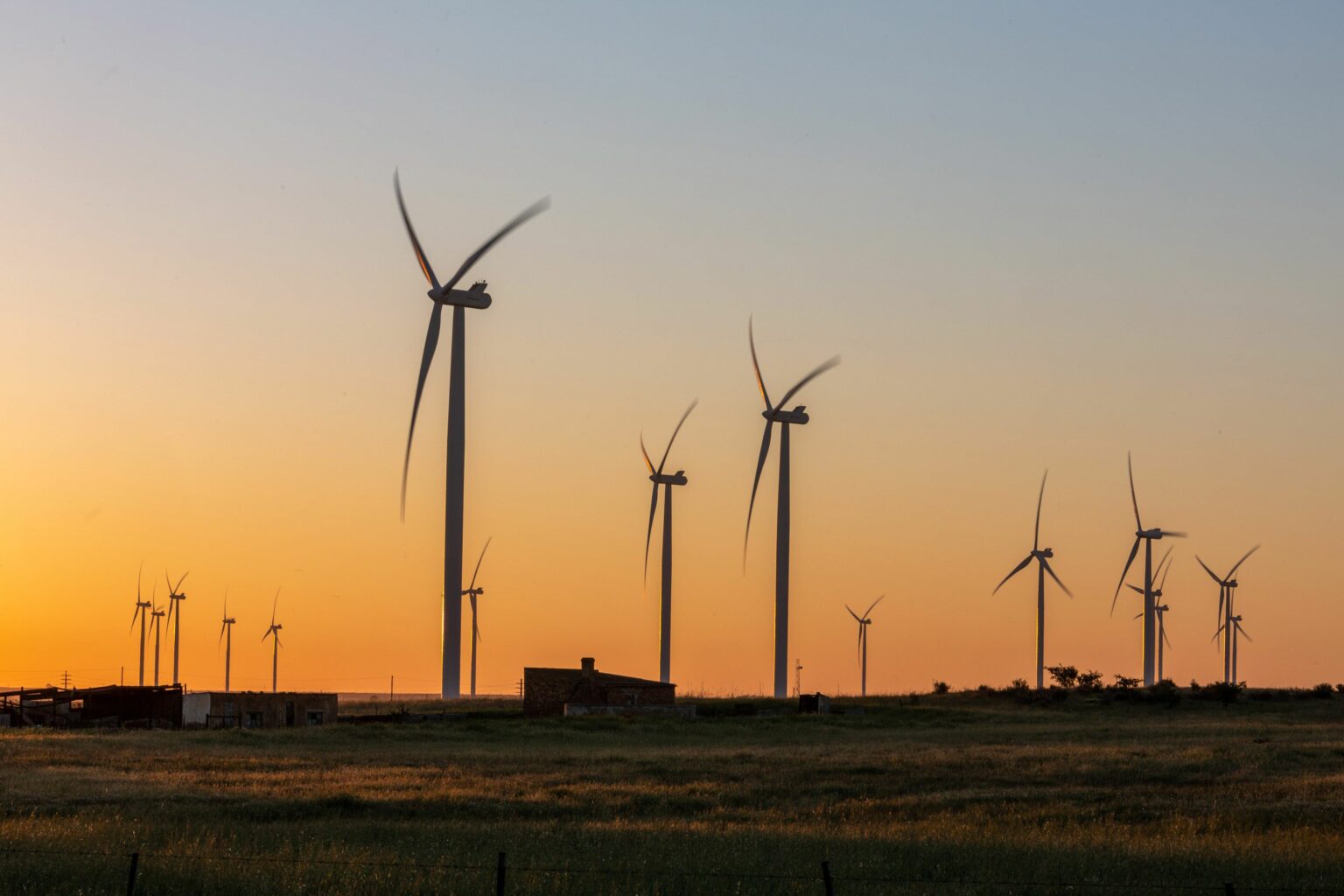SA plan paves way for $80bn energy transition

An $80 billion South African investment plan to begin transitioning the economy away from fossil fuels over five years sets out how billions of dollars in climate finance will be tracked and details potential investments.
They include ArcelorMittal SA’s plan to make steel on the country’s west coast using green hydrogen produced by Mainstream Renewable Power in a project worth as much as R69.2 billion, and Hive Energy’s R100 billion green ammonia facility at the southern port of Coega.
The Just Energy Transition Implementation Plan, overseen by the office of President Cyril Ramaphosa, outlines targets and assigns institutions to oversee the transition across six areas, according to a copy of the document seen by Bloomberg.
Those are electricity, new-energy vehicles, green hydrogen, skills development, improving the implementation capacity of municipalities, and economic development in the coal-dependent province of Mpumalanga.
“South Africa’s ambitious commitment will be implemented in accordance with our domestic transition plans, which includes dealing with our current energy crisis, and in support of our foremost task of reducing poverty, unemployment, and inequality,” Ramaphosa said in a foreword to the 304-page plan.
Ramaphosa’s spokesman, Vincent Magwenya, didn’t answer two calls made to his mobile phone when Bloomberg sought comment.
Next year, renewable energy and the manufacturing of components and equipment needed for that industry, energy efficiency and shifting the country’s freight transport onto rail from roads will be added to the investment areas.
The completion of the plan, which has been delayed by at least eight months amid opposition by South African labor unions and some politicians concerned about the potential impact of the energy transition on coal-dependent jobs, is a key step to unlocking $8.8 billion pledged under a pact known as the Just Energy Transition Partnership with Germany, France, the UK, the US, European Union, the Netherlands and Denmark.
More than $2 billion of additional funding has been pledged by countries including Spain, Switzerland and Canada outside that agreement. It has been approved by the country’s cabinet and will be announced at the COP28 climate summit in Dubai, which begins on November 30.
The partnership was initially announced at COP26 in Glasgow in 2021 and is meant to serve as a prototype for similar plans in Indonesia, Vietnam and Senegal.
Initial steps under the implementation plan include the creation of a registry to record projects being undertaken under its aegis. In 2024, a funding platform will be established to match providers of grants with beneficiaries.
The report lays out plans for R498 billion of investment in electricity generation over the next five years, almost evenly split between solar and wind power. Under the plan, just over R23 billion has been allocated to battery storage. It’s expected that 6 000 megawatts of generation capacity can be added annually.
EVs, hydrogen
Generation projects that are being considered show that the private sector could provide R300 billion of investment over that period, the report shows. A further R250 billion is needed to strengthen the national grid.
Incentives worth R71 billion to kick-start the production of electric cars and explore the use of fuel cells to power vehicles are laid out in the plan and it details hundreds of billions of privately funded green hydrogen projects that are being considered.
Still, the switch from fossil fuels is expected to impact coal-dependent communities in Mpumalanga, a province in the east of the country that hosts 56 active coal mines and more than 80% of South Africa’s coal-fired power plants. As many as 400 000 direct and indirect jobs are at risk, the president’s office says in the report. Money will need to be spent providing alternative employment, according to the report.

